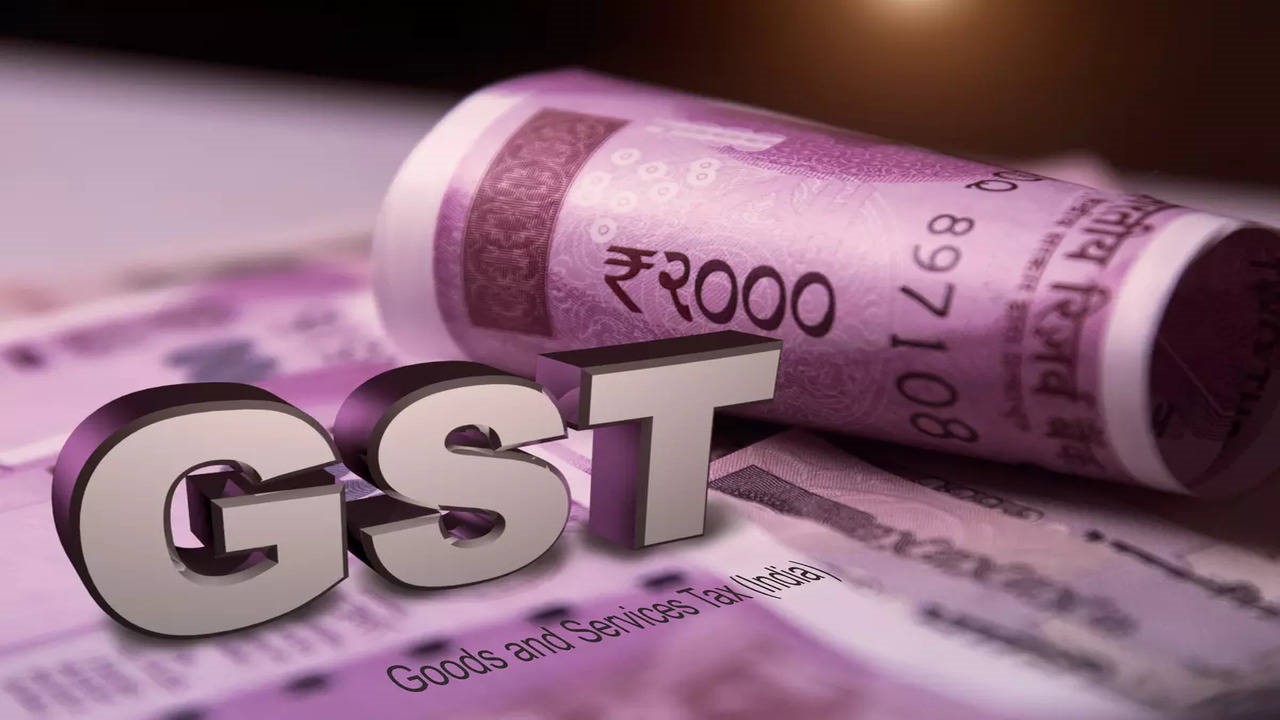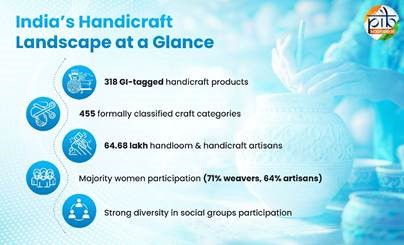Description

Disclaimer: Copyright infringement not intended.
Context
- The Goods and Services Tax (GST) collections rose 12% to a record high of Rs 1.87 lakh crore in April 2023- Finance Ministry.
GST Collection Trends
- Gross GST collection in April 2023 is all time high, Rs 19,495 crore more than the next highest collection of Rs. 1,67,540 lakh crore, in April 2022.
- The gross GST revenue collected in the month of April, 2023 is Rs 1,87,035 crore of which----
- CGST is Rs 38,440 crore,
- SGST is Rs 47,412 crore,
- IGST is Rs 89,158 crore (including Rs 34,972 crore collected on import of goods) and
- cess is Rs 12,025 crore (including Rs 901 crore collected on import of goods).
- The revenues for the month of April 2023 are 12% higher than the GST revenues in the same month last year.
- During the month, the revenues from domestic transactions (including import of services) are 16% higher than the revenues from these sources during the same month last year.
- For the first time gross GST collection has crossed ₹1.75 lakh crore mark. The total number of e-way bills generated in the month of March 2023 was 9.0 crore, which is 11% higher than 8.1 crore e-way bills generated in the month of February 2023.
- The collections for April 2023 mark the second straight month that collections have risen, with the Centre raking in Rs 1.49 lakh crore in February 2023 and Rs 1.60 lakh crore in March 2023.
- In the current FY24 fiscal year, the Centre expects to mop up Rs 9.56 lakh crore as its GST share, a 12% rise over the FY23 collection.

What has led to the surge in GST Collections?
Rise in inflation
- Price surge has been one of the most critical factors for higher GST collections.
Significant improvement in tax compliance
- The fact that the government is now utilizing technology to its advantage is a key reason for the rise in tax compliance.
- There has been a noticeable increase in compliance behavior, which has encouraged taxpayers to file forms on time, to make compliance simpler and smoother, and to ensure strict enforcement action against irregular taxpayers by detecting them through data analytics and artificial intelligence. Better compliance has led to better tax collections.
Contributions by individual states
- The increase in GST collections has also been spurred by measures against tax evaders.
Surge in imports
- A considerable surge in goods imports is another reason behind the massive rise in GST.
Government initiatives
- Another factor contributing to the increase in collections is the government's numerous initiatives, including extending the e-invoicing system to broaden the taxable base and the tax department's diligent governance.
- Compulsory e-invoicing of business-to-business (B2B) transactions for enterprises boosted GST registrations.
- Auto-population of tax forms has enhanced the accuracy of the data in statutory returns, squeezing out clerical errors and deterring fraudsters from claiming ineligible tax credits.
- Earlier interest had to be manually calculated, which necessitated assessment & audit. Whereas now GSTR-3B computes & auto-populates interest applicable in cases of delayed return filing. This functionality has enhanced revenue and reduced litigation on account of non-payment and lesser payment of interest liability.
Increase in demand
- The pandemic boosted extensive IT and FMCG industries, and pent-up demand has also raised company earnings and underpinned tax payments.
- The adoption of crypto tax has helped propel government revenues by widening the tax base and doubling the number of taxpayers.
- Corporate tax receipts have significantly increased as more businesses abandon SEZs tax holidays. That induced companies to invest more in newer projects, which led to higher consumption of infrastructure materials like like steel, cement etc.

What next?
- If India fulfils its goal of turning into a 5-trillion-dollar economy, these tax collections could surge to as much as Rs 18 trillion.
Must-Read Articles:
GST: https://www.iasgyan.in/daily-current-affairs/gst-5
Performance of GST in the past few years: https://www.iasgyan.in/daily-current-affairs/goods-and-services-tax-gst
GST Tribunal: https://www.iasgyan.in/daily-current-affairs/gst-appellate-tribunal
GST Compensation: https://www.iasgyan.in/daily-current-affairs/gst-compensation-29#:~:text=Finance%20Minister%20Nirmala%20Sitharaman%20said,General's%20(AG)%20authenticated%20certificate
|
PRACTICE QUESTION
Q. Since the introduction of India's Goods and Services Tax, revenue collections for the government have risen significantly; the GST system has seen various turbulent stages. The stabilization of GST collections over the last few years is evidence of the GST regime overcoming initial teething issues, gaining stability, and gradually entering a growth phase. Elucidate.
|
https://economictimes.indiatimes.com/news/economy/finance/gst-revenue-collection-for-april-2023-highest-ever-at-rs-1-87-lakh-crore/articleshow/99912071.cms












